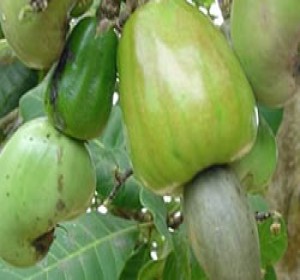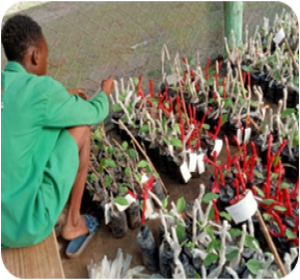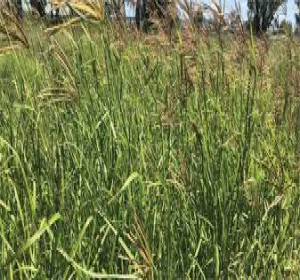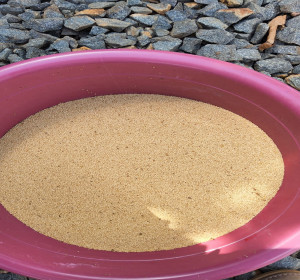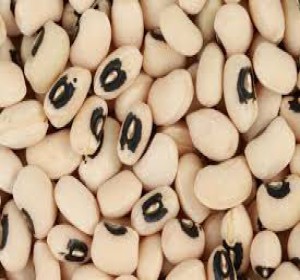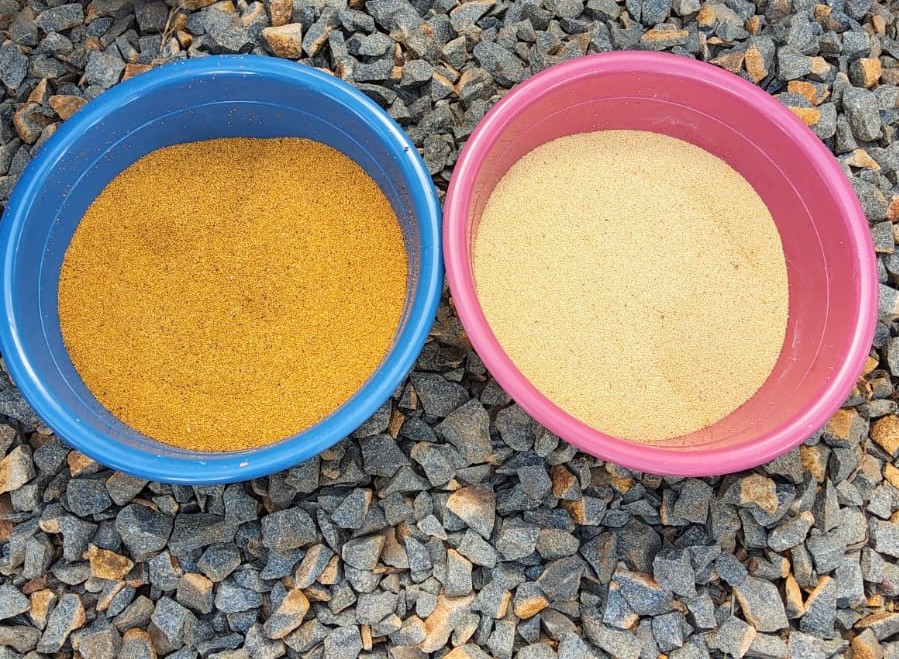
Research Centre: KALRO Katumani
Principal Researcher: E. Njiru
Research Background:
Grain amaranth has multiple uses as a vegetable, nutrient-rich grain, and livestock feed. It has phosphorus, zinc, vitamins B, C, and E, and dietary fiber (Cole, 1979), and has twice the amount of calcium found in milk. The grains have high-quality proteins and are particularly rich in the amino acid lysine, which is lacking in cereals like maize and wheat. Cooked grain is up to 90% digestible and an excellent weaning diet, recommended for the elderly and people who have been through a long fast or starvation.
Amaranth is an immune booster and good for people living with HIV/AIDS as well as severely malnourished people. Amaranth grains are either used as whole-grain or milled into flour for use in beverages, baking, and confectionery. The EU-funded ASAL APRP project on enhancing food and nutrition security among vulnerable groups in the ASALs supported research and upscaling of grain amaranth technologies in the semi-arid lowlands of Eastern Kenya between 2013 and 2018.
Two varieties, KATGold and TerereSmart, which are well adapted to the ASALs were identified and released for production. The two varieties were earmarked for upscaling and commercialization under result area 1(b) of the AGRIFI CS APP. To satisfy the requirements for commercialization of these varieties, the seed must be certified by KEPHIS. This requires the acquisition of the 'White Label’. Therefore, the grain amaranth needed to go through the certification process. The following research activities were conducted.
Research Objectives:
- Production of Early Generation Seed.
- Acquisition of White Label.
- Multiplication and Maintenance of Breeder Seed.
Achievements:
- The 2 varieties (KATGOLD and Teresmart) are undergoing certification process by KEPHIS for commercialization.

